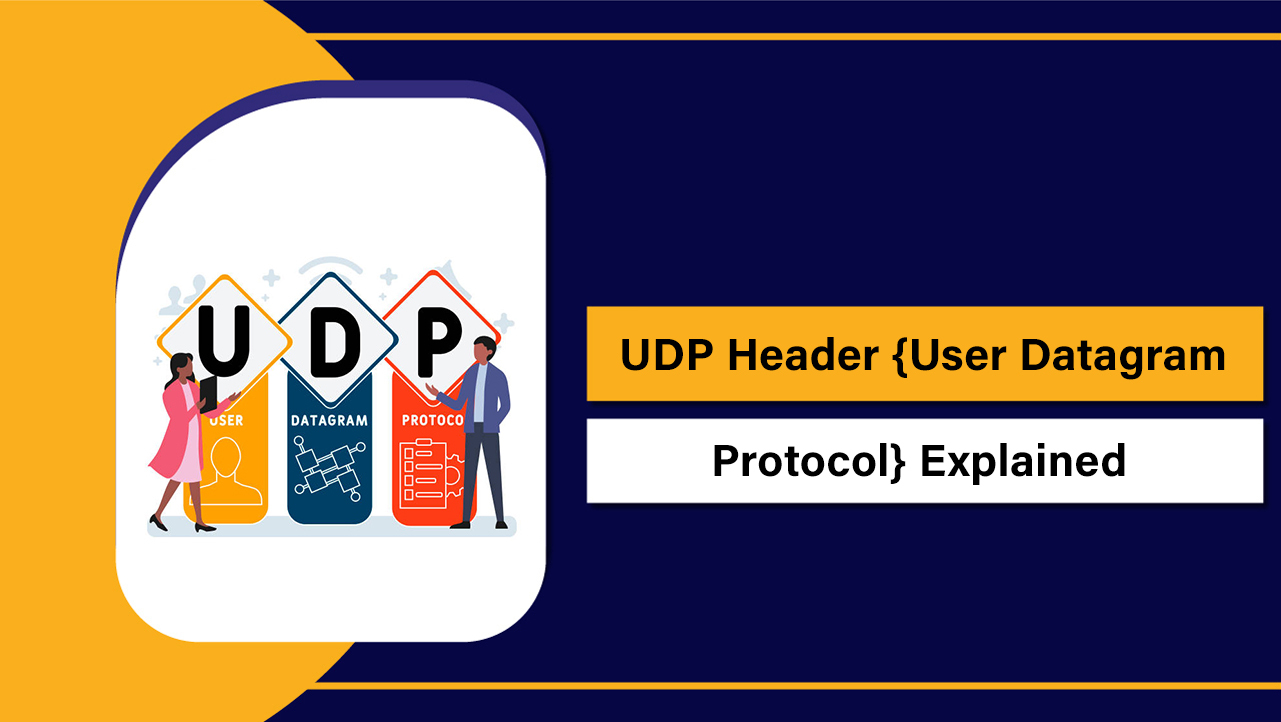Zabbix is an open-source monitoring platform for servers, networks, applications, cloud resources, and services. It collects metrics via agents, SNMP, and APIs; visualizes data in dashboards; and triggers alerts and escalations. Designed for scale and reliability, Zabbix is a cost-effective alternative to commercial monitoring tools for SMBs and enterprises.
Monitoring is the heartbeat of reliable IT. If you’re exploring “What is Zabbix” and how it compares to other network monitoring tools, this guide explains exactly what Zabbix does, how it works, where it shines, where it doesn’t, and the best Zabbix top alternatives to consider for different environments.
What Is Zabbix?
Zabbix is a free, open-source infrastructure monitoring solution that tracks performance and availability across on-premises, cloud, and hybrid environments. It supports agent-based and agentless collection, auto-discovery, templated monitoring, flexible alerting, and robust visualization. Zabbix fits organizations that need comprehensive visibility without SaaS licensing costs.

How Zabbix Works
Zabbix gathers and stores time-series metrics from hosts and devices, processes triggers (alert rules), and notifies teams via email, webhook, or chat tools. It can monitor Linux/Windows servers, network devices (SNMP/ICMP), databases, containers, cloud services, and custom apps using scripts or the Zabbix API.
Zabbix Key Features
- Unified monitoring: servers, networks, cloud, and applications in one platform.
- Flexible data collection: agents, SNMP, IPMI, JMX, HTTP checks, custom scripts, and APIs.
- Templates and auto-discovery: onboard new hosts consistently at scale.
- Trigger-based alerting: thresholds, time-based suppression, maintenance windows, and escalation.
- Visualizations: dashboards, maps, screens, and top N widgets.
- High scalability: proxies and distributed monitoring for thousands of hosts.
- Security: agent encryption, role-based access controls, and audit logs.
Common Use Cases
- Multi-site server and network monitoring for SMBs and mid-market IT.
- Enterprise hybrid monitoring: datacenter plus AWS/Azure/GCP.
- MSPs consolidating client monitoring into one platform with proxies.
- Compliance-driven environments needing on-prem monitoring and auditability.
Zabbix Architecture and Components
Zabbix follows a modular, scalable architecture suitable for single sites or global footprints.
Core Components
- Zabbix Server: the brain that polls, evaluates triggers, sends alerts, and stores data.
- Database: MySQL/MariaDB or PostgreSQL; TimescaleDB is recommended for PostgreSQL to optimize time-series retention.
- Frontend: a PHP-based web UI to manage configuration and view dashboards.
- Proxies: optional collectors that offload polling from remote sites or VPCs.
- Agents: lightweight daemons on hosts for deep OS metrics, logs, and custom checks.
- API: REST API for automation, integrations, and Infrastructure as Code.
Data Collection Methods
- Agent-based: CPU, memory, disk, processes, Windows services, event logs.
- Agentless: SNMP (network gear), ICMP (ping), IPMI, JMX (Java apps), HTTP/HTTPS checks, SSH/Telnet scripts.
- Cloud APIs: AWS CloudWatch, Azure Monitor, GCP metrics (via templates/integrations).
- Custom scripts: any output parsed by Zabbix for bespoke app metrics.
Alerting and Escalation
- Triggers: expression-based rules with hysteresis and dependencies to reduce noise.
- Actions: route alerts by severity, host group, time period, or user group.
- Media types: email, Slack, Microsoft Teams, Telegram, PagerDuty, webhooks.
- Recovery messages and auto-remediation via remote commands.
Pros and Cons of Zabbix
Advantages
- Open-source with enterprise-grade feature set; no per-node licensing.
- Works across heterogeneous environments (legacy, virtualized, containerized, and cloud).
- Rich templates and community content speed up onboarding.
- Powerful alerting, escalations, and maintenance windows reduce alarm fatigue.
- Scales with proxies and database tuning (e.g., TimescaleDB).
Limitations
- Operations overhead: you manage servers, database, scaling, and upgrades.
- UI and dashboards are functional but less modern than some SaaS APM tools.
- APM/tracing depth is limited versus Datadog/New Relic.
- Learning curve for complex triggers and large-scale templates.
Zabbix vs Popular Alternatives
Zabbix vs Prometheus + Grafana
- Model: Zabbix is a full-stack monitoring suite; Prometheus is a pull-based time-series database with exporters; Grafana provides dashboards.
- Best for: Zabbix suits mixed infra (servers, SNMP devices, synthetic checks). Prometheus excels in cloud-native and Kubernetes metrics.
- Scaling: Zabbix uses proxies and an RDBMS. Prometheus scales via federation/sharding and remote storage.
- Alerting: Zabbix has built-in actions; Prometheus uses Alertmanager.
Zabbix vs Nagios / Icinga
- Heritage: Nagios pioneered plugin-based checks; Icinga modernized it. Zabbix was designed as an integrated platform with native metrics.
- Configuration: Zabbix offers a rich web UI, API, and templates; Nagios/Icinga often rely more on config files and plugins.
- Use cases: All cover uptime and basic metrics; Zabbix typically wins on scalability and UI-driven operations.
Zabbix vs PRTG Network Monitor
- Licensing: Zabbix is free/open-source. PRTG is commercial with sensor-based licensing.
- Platform: PRTG is Windows-centric and easy to start. Zabbix is cross-platform and better for large, diverse estates.
- Fit: PRTG for Windows-heavy SMB networks; Zabbix for broader, cost-conscious scalability.
Zabbix vs Datadog / New Relic (SaaS APM)
- Depth: SaaS APM tools deliver advanced tracing, RUM, log analytics, and AI features.
- Cost: Subscription pricing can grow quickly with scale and data volumes.
- Control: Zabbix gives on-prem control and predictable costs but requires self-management.
- Fit: Choose SaaS APM for deep application observability; Zabbix for infrastructure-first monitoring.
Zabbix vs SolarWinds (Orion)
- Scope: SolarWinds offers broad network management capabilities with strong vendor support.
- Cost/complexity: Enterprise-grade with licensing and maintenance overhead.
- Fit: Zabbix is ideal for teams prioritizing open-source flexibility; SolarWinds for enterprises standardized on commercial suites.
Which Should You Choose?
- If you need unified infra monitoring, SNMP support, strong alerting, and low TCO: Zabbix.
- If you’re heavily Kubernetes/microservices: Prometheus + Grafana (+ Loki/Tempo).
- If you want hands-off SaaS with APM: Datadog/New Relic.
- If you’re Windows-centric with simple needs: PRTG.
Choosing the Right Monitoring Tool: A Decision Checklist
- Environment mix: servers, network devices, cloud services, containers.
- Scale: number of hosts, metrics/sec, remote sites/VPCs.
- Data depth: infra-only vs logs, APM, RUM, tracing.
- Control/compliance: on-prem vs SaaS, data residency, audit needs.
- Budget and TCO: licensing, storage, maintenance, team skills.
- Ecosystem: templates, integrations, API, community support.
- Alerting needs: on-call workflows, auto-remediation, noise reduction.
Deployment Best Practices for Zabbix
Sizing and Database Choices
- Start with PostgreSQL + TimescaleDB for efficient retention and compression.
- Right-size history/trends: keep high-resolution data short, roll up older data.
- Separate DB storage from OS; prefer SSD/NVMe for write-heavy workloads.
Scale with Proxies
- Deploy Zabbix proxies in branch offices, remote data centers, or cloud VPCs.
- Use active proxies when servers can’t reach internal hosts (NAT/firewalls).
- Distribute templates and host groups to balance load across proxies.
Security Hardening
- Enable TLS for agent-server communications.
- Lock down the frontend with SSO, strong RBAC, and least-privilege roles.
- Segment monitoring networks; restrict SNMP and API access.
- Audit remote commands and use maintenance windows to prevent false positives during change windows.
Integrations and Visualization
- Use Grafana’s Zabbix data source for modern dashboards.
- Send notifications to Slack, Teams, or PagerDuty via webhooks.
- Automate host onboarding with the Zabbix API and your CMDB/IaC pipelines.
Need a hosted or managed Zabbix environment? YouStable provisions Zabbix-ready VPS and dedicated servers with optimized databases, hardened security, and 24×7 monitoring support—ideal if you want open-source control without operational overhead.
Zabbix in Cloud and Hybrid Environments
AWS, Azure, and GCP Tips
- Place proxies inside each VPC/VNet to reduce cross-region latency and egress costs.
- Use cloud-native exporters/APIs to enrich metrics (e.g., CloudWatch, Azure Monitor).
- Leverage auto-discovery rules tied to tags/labels for dynamic fleets.
- Secure endpoints with private links, security groups, and managed identities where applicable.
Getting Started with Zabbix: Quick Start
- Provision a Linux server (2–4 vCPU, 8–16 GB RAM for small/medium setups).
- Install Zabbix server, frontend, and database (PostgreSQL + TimescaleDB recommended).
- Secure the frontend and set up admin access.
- Install the Zabbix agent on your first host.
- Apply templates (e.g., Linux by Zabbix agent, SNMP Device, NGINX).
- Define triggers and actions; test notifications.
- Build dashboards for ops, NOC, and management.
Sample Install Commands (Ubuntu)
# Add Zabbix repository (version may change; verify on zabbix.com)
wget https://repo.zabbix.com/zabbix/6.0/ubuntu/pool/main/z/zabbix-release/zabbix-release_6.0-6+ubuntu22.04_all.deb
sudo dpkg -i zabbix-release_6.0-6+ubuntu22.04_all.deb
sudo apt update
# Install server, frontend, database engine, and agent
sudo apt install -y postgresql timescaledb-postgresql-14
sudo apt install -y zabbix-server-pgsql zabbix-frontend-php zabbix-nginx-conf zabbix-sql-scripts zabbix-agent
# Create database and user
sudo -u postgres psql -c "CREATE DATABASE zabbix;"
sudo -u postgres psql -c "CREATE USER zabbix WITH ENCRYPTED PASSWORD 'StrongPassHere';"
sudo -u postgres psql -c "GRANT ALL PRIVILEGES ON DATABASE zabbix TO zabbix;"
# Initialize schema
zcat /usr/share/zabbix-sql-scripts/postgresql/server.sql.gz | psql -U zabbix -h 127.0.0.1 -d zabbix
# Configure server DB password
sudo sed -i "s/^# DBPassword=.*/DBPassword=StrongPassHere/" /etc/zabbix/zabbix_server.conf
# Start services
sudo systemctl enable --now zabbix-server zabbix-agent nginx php-fpm
# Access web installer:
# http://your-server/zabbix
Zabbix Agent Minimal Configuration
# /etc/zabbix/zabbix_agentd.conf
Server=10.0.0.10
ServerActive=10.0.0.10
Hostname=web-01
# Optional hardening
TLSConnect=psk
TLSAccept=psk
TLSPSKIdentity=web-01
TLSPSKFile=/etc/zabbix/psk/web-01.key
After the agent starts, add the host in the Zabbix UI, link an appropriate template, verify data is flowing, and then expand to SNMP devices and cloud resources.
FAQs: Zabbix Top Alternatives
Is Zabbix free to use for businesses?
Yes. Zabbix is open-source and free for commercial use. You may incur infrastructure and operations costs for servers, storage, and maintenance, but there are no per-host licensing fees. Commercial support is available from Zabbix SIA and partners.
Zabbix or Prometheus: which is better?
It depends on your stack and goals. Zabbix is a unified platform for traditional IT, SNMP devices, and mixed environments. Prometheus is ideal for Kubernetes and cloud-native metrics with Grafana. Many teams run both: Zabbix for infra, Prometheus for app clusters.
Does Zabbix support cloud monitoring?
Yes. Zabbix integrates with AWS, Azure, and GCP via official templates and APIs, and it can run proxies in cloud networks for low-latency collection. You can correlate cloud metrics with on-prem hosts in the same dashboards and alerts.
What are the best Zabbix alternatives?
Top alternatives include Prometheus + Grafana, Nagios/Icinga, PRTG Network Monitor, SolarWinds, and SaaS platforms like Datadog and New Relic. Your choice should reflect environment mix, compliance needs, budget, and desired observability depth.
Can Zabbix handle large environments?
Yes. With proxies, tuned databases (e.g., TimescaleDB), and carefully designed templates, Zabbix supports thousands of hosts and millions of metrics. Capacity planning should consider polling intervals, history retention, storage IOPS, and network latency.
How do I reduce alert noise in Zabbix?
Use trigger dependencies, hysteresis, event correlation, maintenance windows, and severity-driven routing. Start with higher thresholds, then refine. Group alerts by service impact and integrate with ChatOps tools for faster triage.
Can YouStable host and manage Zabbix for me?
Absolutely. As a hosting provider, YouStable offers Zabbix-ready VPS and dedicated servers with pre-optimized databases, secure configurations, and 24×7 NOC assistance. We can also help integrate Grafana, set up alerting, and migrate from legacy tools.
Final thought: Zabbix remains a top choice for organizations seeking comprehensive, cost-effective infrastructure monitoring. Evaluate it alongside Prometheus, Datadog, and others using the checklist above, and consider managed hosting from YouStable if you want speed-to-value without the ops burden.



